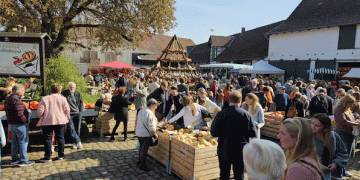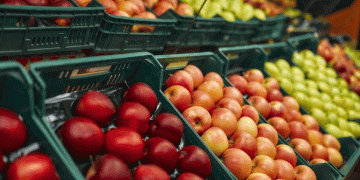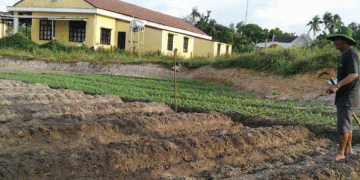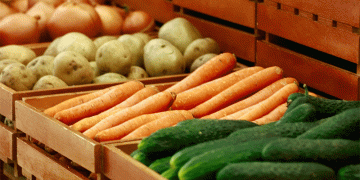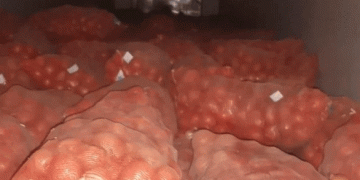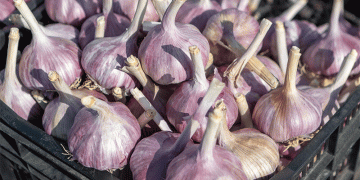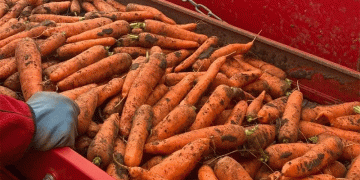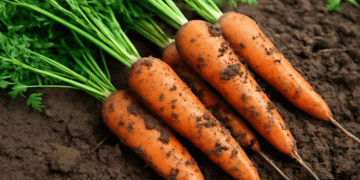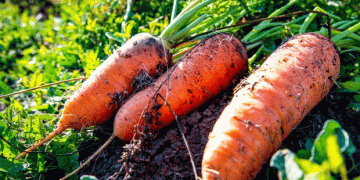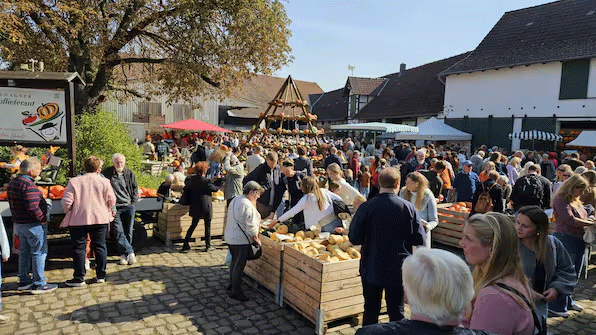For the Jänsch family farm in Eldagsen, Germany, a single weekend in autumn transforms their 20-hectare operation into a major regional destination, drawing nearly 5,000 visitors. Their annual pumpkin festival, a two-decade tradition, is a masterclass in modern agricultural diversification. By showcasing over 100 pumpkin varieties and integrating local artisans, food sampling, and family activities, the farm has created a powerful economic engine that drives direct sales, builds brand identity, and forges deep community connections—all in one event.
The scale of this event highlights the significant revenue potential of well-executed agritourism. While the article does not specify ticket prices, the sheer volume of visitors represents a substantial income stream from admissions alone, not to mention the direct sales of pumpkins, value-added products like the sold-out chili spread, and food and beverage concessions. This model is far more profitable than wholesale. Data from a 2023 study by the University of Vermont found that agritourism operations can generate significantly higher net returns per acre than traditional commodity production, with festivals and on-farm events often being the most lucrative activities.
Beyond immediate sales, the festival serves as an unparalleled marketing platform. It introduces consumers to the farm’s incredible diversity—from a 50-kilogram giant to the newly featured ‘Ibiza’ variety—educating them on the culinary possibilities beyond the standard supermarket offerings. This “Kürbis-Tasting” and sampling approach is a direct marketing triumph, creating demand for unique varieties and building a customer base that values the farm as a source of quality and innovation. This aligns with findings from the National Agricultural Statistics Service (NASS), which reports that farms engaging in direct sales and agritourism often have higher survival rates, as they build resilient, direct-to-consumer relationships that buffer them from commodity market fluctuations.
Furthermore, the event’s longevity—running for roughly 20 years—points to its role as a cherished community institution. By incorporating local artisans and craftspeople, the Jänsch farm positions itself as a community hub, strengthening its social license and ensuring ongoing local support. This goodwill is a priceless asset, fostering customer loyalty that extends beyond the festival weekend.
The Eldagsen Pumpkin Festival is a powerful case study in transforming a farm from a production site into a destination. For farmers and agricultural business owners, it demonstrates that the most valuable crop can be the experience itself. The key takeaways are clear:
- Diversity is a Draw: Offering a wide array of products (100+ varieties) creates a spectacle and caters to diverse consumer interests.
- Experience is the Product: Combining sales with interactive elements (carving, tasting, play areas) increases dwell time and per-customer spending.
- Community is Capital: Partnering with local vendors and becoming an annual tradition builds a loyal customer base that ensures long-term viability.
In an era of tightening margins, creating a memorable, destination-worthy event is not a sideline; it is a strategic imperative for building a profitable and sustainable agricultural business.
